UAV Training Academies
UAV Training Academies
Jun 27, 2025
The drone industry is experiencing high growth around the world. Analysts predict that the global drone market will rise to about $57.8 billion by 2030, a huge jump from the $40.6 billion in 2025. This growth reflects how quickly businesses are adopting drones for everyday operations. Drones are now used in agriculture, logistics, and public safety, performing tasks like site mapping, crop monitoring, infrastructure inspection, package delivery, and search-and-rescue missions.
Such rapid growth comes with a high demand for skilled people who can build, operate, and maintain these flying robots. The number of drone flights globally jumped 25% in 2024 alone, reaching nearly 19.5 million annual flights. Many countries are investing in drones, and government policies are becoming more supportive of commercial UAV use. However, to sustain this fast growth, the world needs a larger workforce trained in drone technology. This is where UAV training and education become crucial.
SHORTAGE OF SKILLED DRONE PROFESSIONALS
Even as the drone industry takes off, companies and governments face a serious shortage of skilled UAV professionals. There are not enough trained drone pilots, engineers, software developers, or operations staff to meet the growing needs of this industry. This talent gap is being felt across the globe, in both developed and developing markets.
In the U.S., the commercial drone sector is expanding quickly from aerial photography to drone deliveries. Companies are struggling to find enough qualified UAV operators, engineers, and maintenance experts. Industry leaders report that the talent pool for drones is very shallow, several top drone companies in California each have 120 to 200 job openings that they cannot fill. Despite competitive salaries for drone pilots, there are simply not enough candidates with the right skills.
Also, Brazil is an emerging drone leader in Latin America, especially in agricultural drone use. The number of farm drones in Brazil jumped from just 1,109 in 2022 to over 8,300 by mid-2025 (~650% increase in three years). This boom was driven by Brazil’s large farms adopting drones for crop spraying and monitoring. Yet, Brazil now faces a shortage of trained pilots to operate all these new drones. Industry experts note that Brazilian farms are often larger and more complex than those in other countries, requiring skilled operators to manage drone and maintenance. The Brazilian government has streamlined regulations (for example, no pilot license is needed for certain agricultural drone operations) and is working on standardizing pilot training. Still, more local drone education programs are needed so that Brazil can supply enough pilots, technicians, and engineers for its growing drone fleet.
These examples underline a global challenge. The drone industry is creating jobs faster than the current workforce can fill them. If we do not train more people in UAV skills, the growth of the industry could be slowed by the lack of human talent.
WHY WE NEED UAV INDUSTRY ACADEMIES
To bridge this skills gap, we need UAV Industry Academies, specialized training centers or programs dedicated to drones. These academies would prepare talent through hands-on, job-ready training, directly addressing the shortage of skilled workers.
There are several reasons why such academies are essential like the fact that drone companies worldwide report that finding qualified employees is one of their biggest challenges. It’s not enough for a candidate to have a basic drone license; employers need people with practical experience and specialized skills. For example, many companies now prefer to hire pilots who also know how to do aerial mapping, inspect structures, or process drone data, not just those who can fly a drone. A UAV academy focuses on exactly these real-world competencies. By offering hands-on training with drones, simulators, and industry projects, the academy ensures graduates can do the job from day one. This job-ready approach benefits employers (who get productive employees) and students (who can directly access good-paying jobs).
But also to keep up with the technology. In fact, drones combine multiple advanced technologies like robotics, software, AI, sensors, and aviation. The field is evolving fast, with new models and software updates coming out every year. Traditional education programs often struggle to update their curricula quickly enough. A dedicated UAV academy can stay closely aligned with industry trends and regulatory changes, updating courses frequently. This means students learn on current-generation drones and software, and they are taught the latest best practices (for example, new safety regulations or beyond-visual-line-of-sight flight techniques). Such alignment makes training more relevant.
Moreover, Building UAV academies in various regions helps develop local expertise. Rather than relying on a few experts from abroad, each country or community can cultivate its own drone professionals. This is important for both economic and security reasons. Local drone pilots understand their country’s terrain, language, and needs. Local engineers can design drone solutions suited for their community (for example, drones adapted for tropical climates, high altitudes, or local crops). By training people locally, countries can create jobs at home.
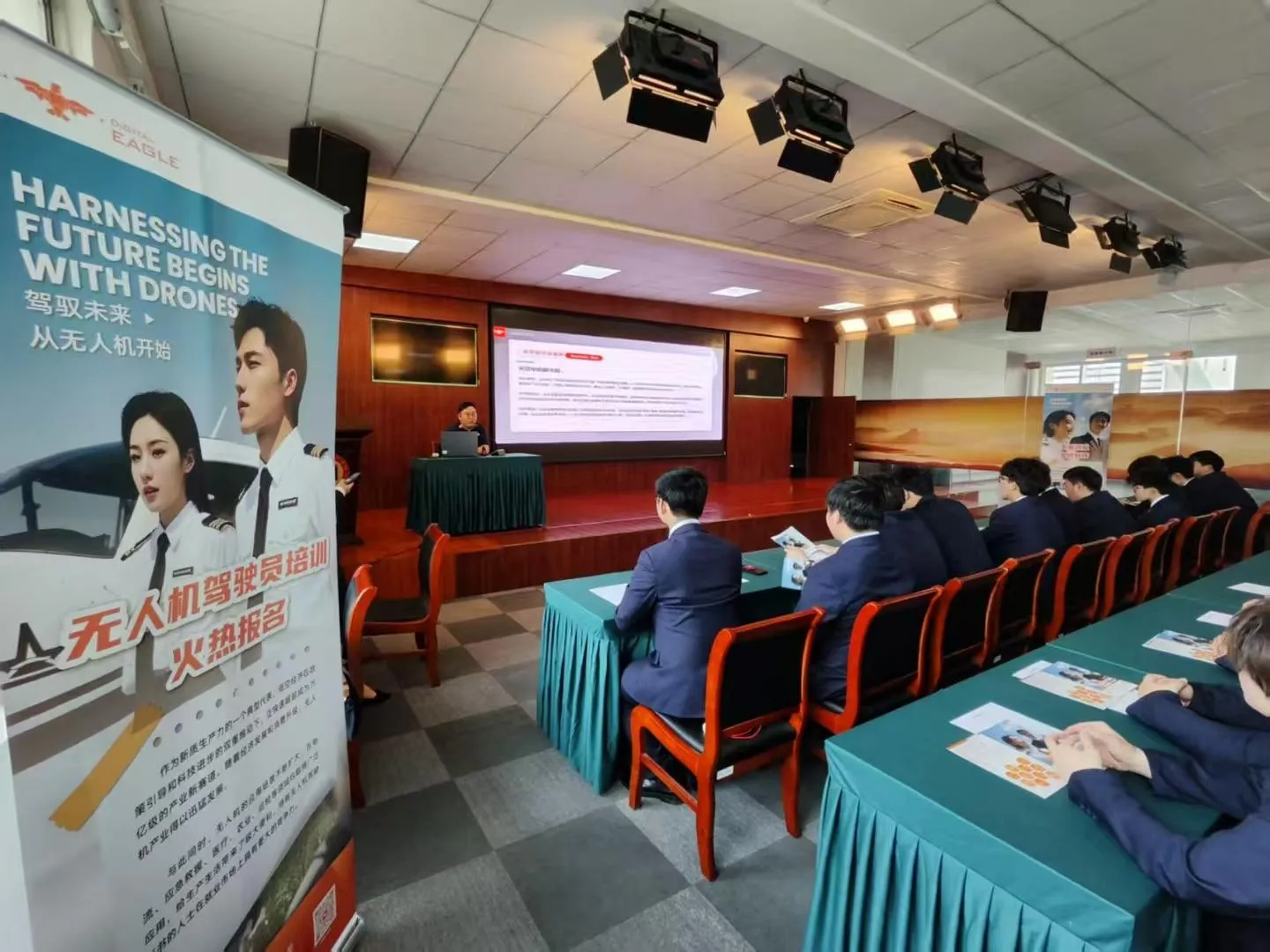
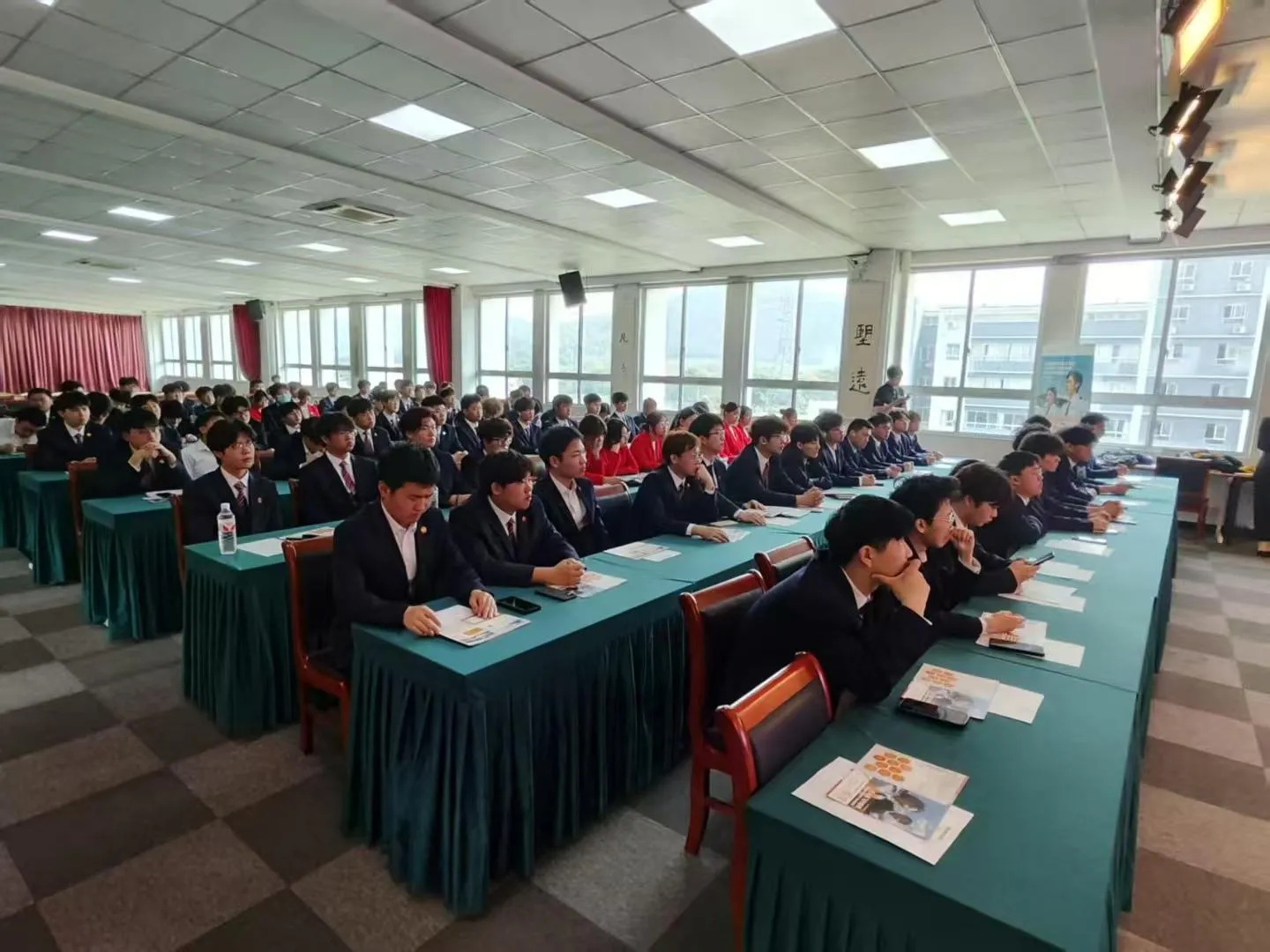
GOALS AND STRUCTURE OF A UAV ACADEMY
Establishing a UAV industry academy isn’t just about teaching people to use drones, it’s about creating a whole ecosystem of talent development.
A core goal is to produce graduates with skills that match what drone companies and organizations are looking for. To achieve this, UAV academies collaborate with industry and regulators when designing their curriculum. For example, a drone academy might have an advisory board of industry experts (from drone manufacturers, service providers, agriculture, logistics, etc.) who help shape the courses. This ensures that the topics taught, whether it is drone software programming or aviation safety, are relevant to real jobs. This kind of school–enterprise cooperation is an effective model,as students get exposure to actual industry scenarios. The structure of a UAV academy is thus industry-facing, often including guest instructors from industry, collaborative projects with companies, and continuous feedback from employers on how to improve training.
Drones are inherently practical technology, so theory alone is not enough. UAV academies emphasize learning-by-doing. A typical program would include classroom lessons for basic concepts, but a large portion of time is spent in labs, workshops, and in the field. The curriculum is often project-based, for instance, students might complete a final project like mapping a local farmland with drones, or designing a drone delivery route for a hypothetical client. By the end of the course, graduates have a portfolio of real drone operations or projects they have completed.
Beyond preparing students for existing jobs, UAV academies aim to inspire innovation. Drones are a rapidly evolving field, and new applications are being discovered all the time. Training programs often encourage students to think creatively about solving problems with drones. Some academies hold competitions, hackathons or “demo days” where students develop drone-based solutions. The structure of a UAV academy might include an innovation lab or incubator, where students (and faculty) can work on startup ideas or research new drone technologies. Ultimately, the academy’s goal in this aspect is to nurture future drone innovators.
In essence, the goals of a UAV Industry Academy revolve around talent, alignment, practicality, and innovation. Its structure is typically a mix of classroom instruction, hands-on labs, industry collaboration, and innovation support.
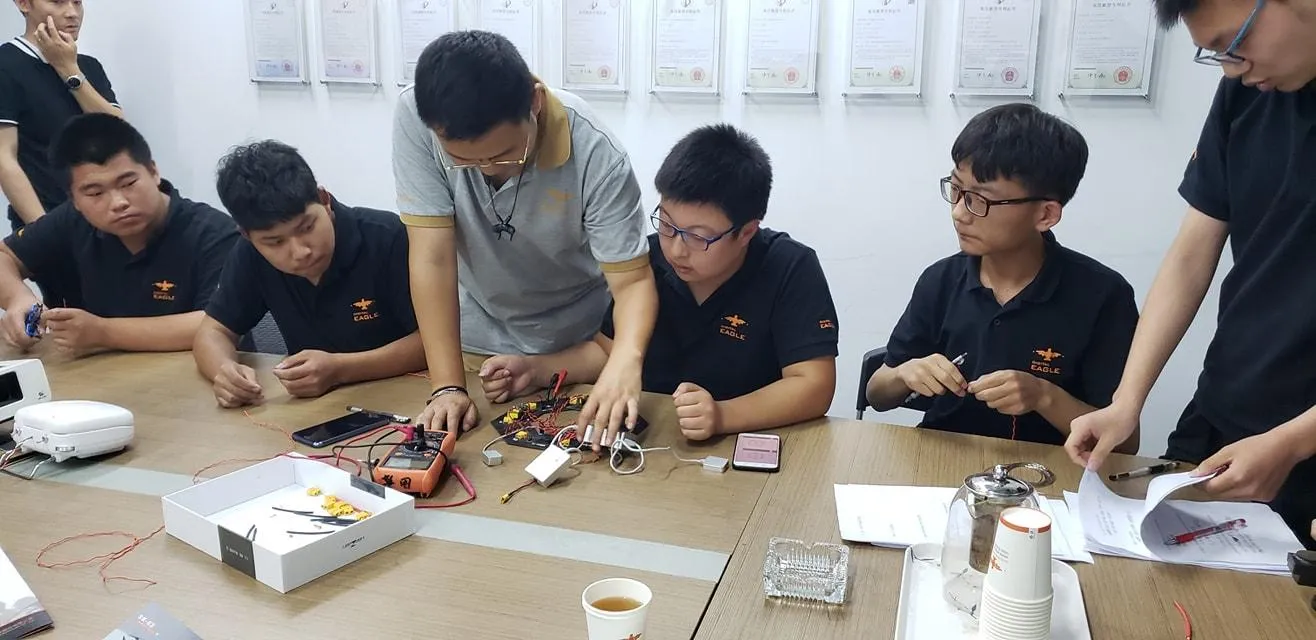
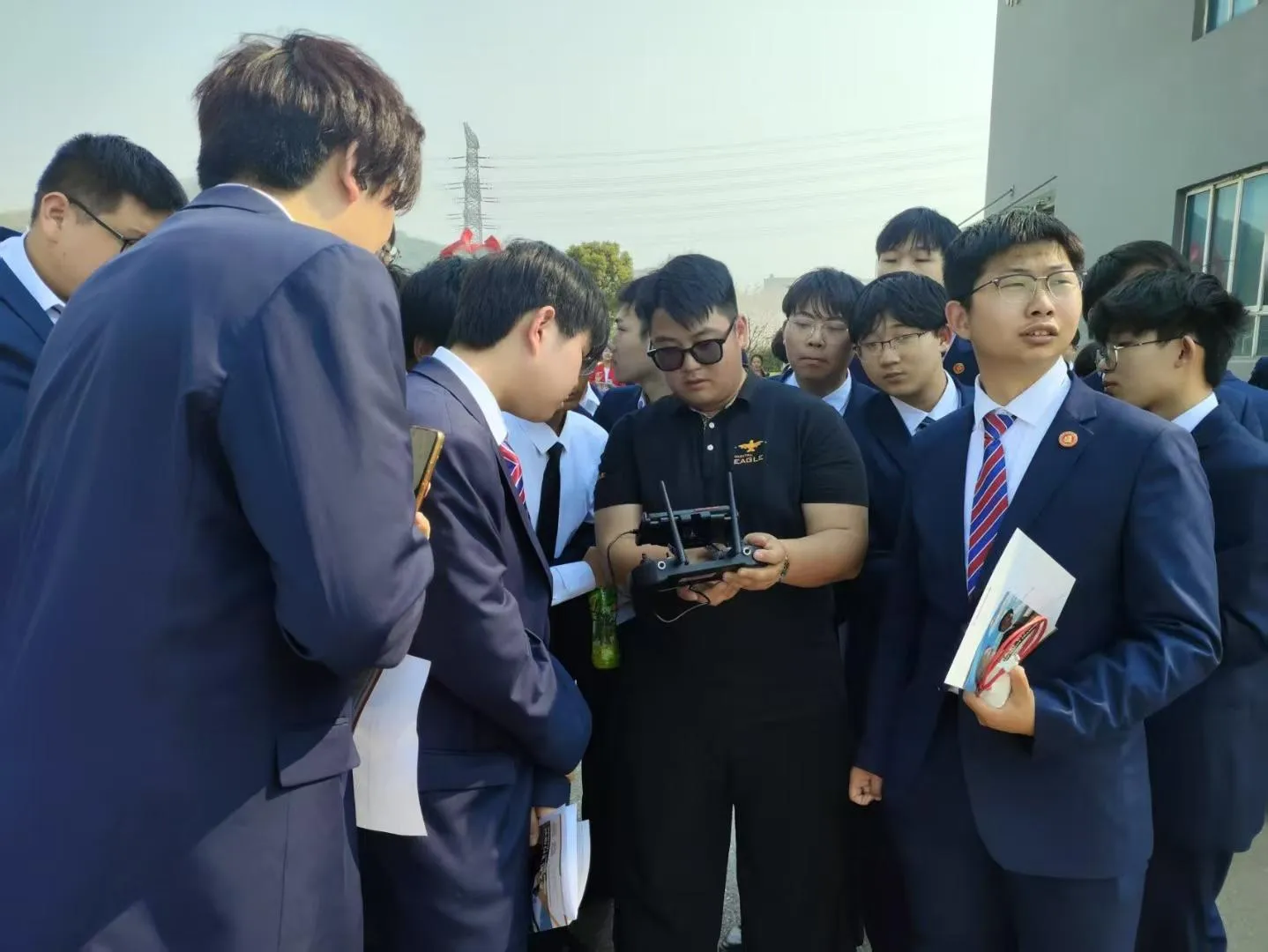
KEY TRAINING AREAS IN DRONE PROGRAMS
To produce well-rounded UAV professionals, a drone academy’s curriculum covers multiple disciplines. Involving hardware, software, and specific use-case knowledge.
Students learn drone software and programming by working with tools that help drones fly on their own and collect data. They practice using mapping apps, planning missions, and writing basic code to control flight. Some lessons also cover simple AI ideas, like how drones detect objects. These software skills are important for jobs in drone data work and system development.
In mechatronics and engineering, students discover how drones work by learning about their main parts, motors, batteries, propellers, and sensors. They build basic drones, fix small issues, and learn how to keep them stable and safe. This gives them the hands-on experience needed for maintenance or repair jobs.
By studying product design and aerodynamics, students understand how drones are shaped and built for different tasks. They learn how air flow, weight, and materials affect flight, and they use simple design software to create parts or attachments. These skills help improve drone safety, strength, and function.
When learning about UAV applications and mission planning, students see how drones are used in real industries like farming, logistics, and inspection. They learn specific skills like spraying crops or creating flight paths for mapping. This lets them focus on areas they enjoy and train for jobs that match market needs.
Finally, drone manufacturing and maintenance teaches how drones are made, tested, and cared for. Students learn how to do safety checks, replace parts, and follow inspection steps after flights. These practical skills are essential for roles in production, repair, and drone fleet operations.
According to market data, there is huge demand not just for pilots, but also for software engineers, data analysts, quality inspectors, support technicians, and drone design engineers in the UAV field. A comprehensive drone academy covers all these knowledge areas in an accessible way, so that graduates can fit into any number of roles needed by this growing industry.
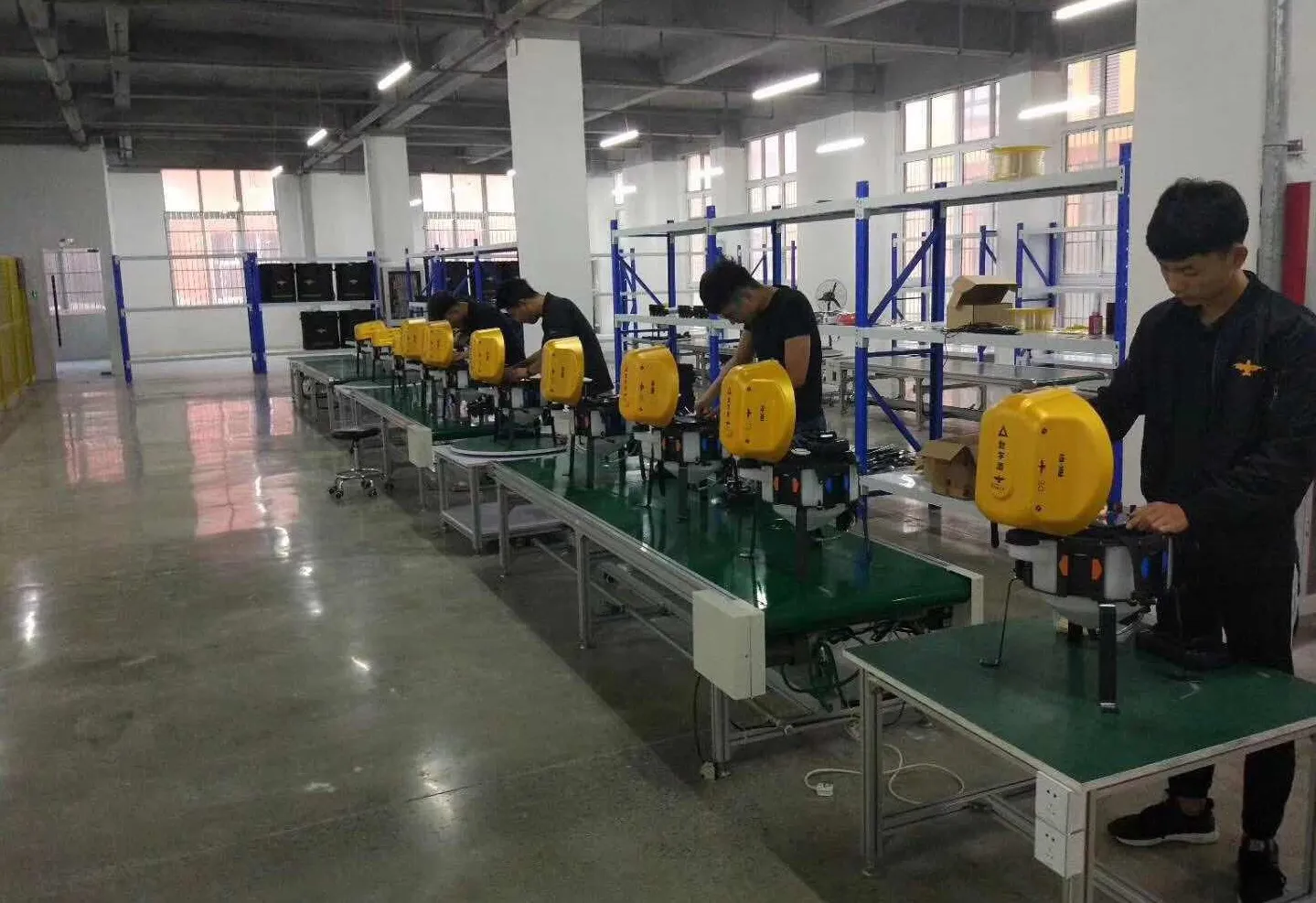
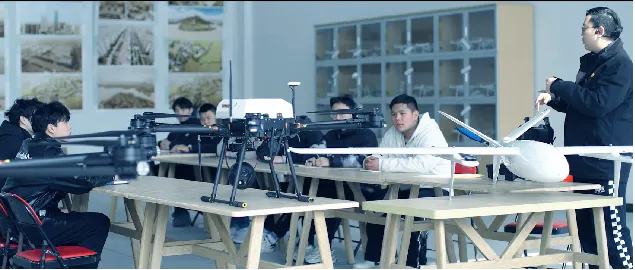
EQUIPMENT AND TRAINING SPACES
Launching a successful UAV academy requires more than just good teachers and curriculum, it also needs the right equipment and training facilities.
The academy would maintain a set of drones for student use. These can range from small, inexpensive training drones (for beginners to practice basic controls) up to more advanced professional drones used in industry. Having multiple units allows students to practice in teams and ensures everyone gets flight time. They might include camera drones for photography, multispectral drones for agriculture training, and perhaps specialty drones (like a drone with a thermal camera for inspections) depending on the course focus. Keeping a hands-on fleet means students can learn on the same equipment they will use in jobs.
Before letting students fly real drones outdoors, it’s very useful to train them on computerized flight simulators. A drone flight simulator is software (often with a controller) that mimics real flight physics in a virtual environment. Students can practice maneuvers, learn to handle tricky wind conditions, and even simulate emergency procedures, all without risking an actual crash. This not only builds confidence but also muscle memory for the controls. Simulators allow repeated practice of scenarios (like landing on a small target, or navigating around obstacles) in a safe way.
A dedicated indoor drone flying space to let students practice with real drones in a controlled environment. Because it’s indoors, weather is not an issue, and safety nets can prevent damage if a drone goes off course. An indoor space also allows for year-round training (important in places with harsh winters or rainy seasons). In this space, instructors can set up obstacle courses or simulated scenarios (like flying through hoops or inspecting a mock structure) to train specific skills. Having an indoor flight room means students get ample flight practice time before moving to complex outdoor missions.
A UAV academy should have a basic workshop equipped with tools and spare parts. Students will use this lab to learn how to build and repair drones. Equipment might include soldering stations, small CNC machines or 3D printers (for prototyping drone parts), workbenches, and testing gadgets like multimeters. In the lab, students can assemble drone kits, attach sensors, and perform maintenance tasks under supervision. Additionally, a computer lab with the necessary software (for drone programming, simulation, photo/video editing, mapping software, etc.) is important. The combination of a hardware workshop and a computer lab allows the academy to offer the full range of training, from engineering to data processing.
Quality training equipment and spaces make the learning process safe, effective, and professional.
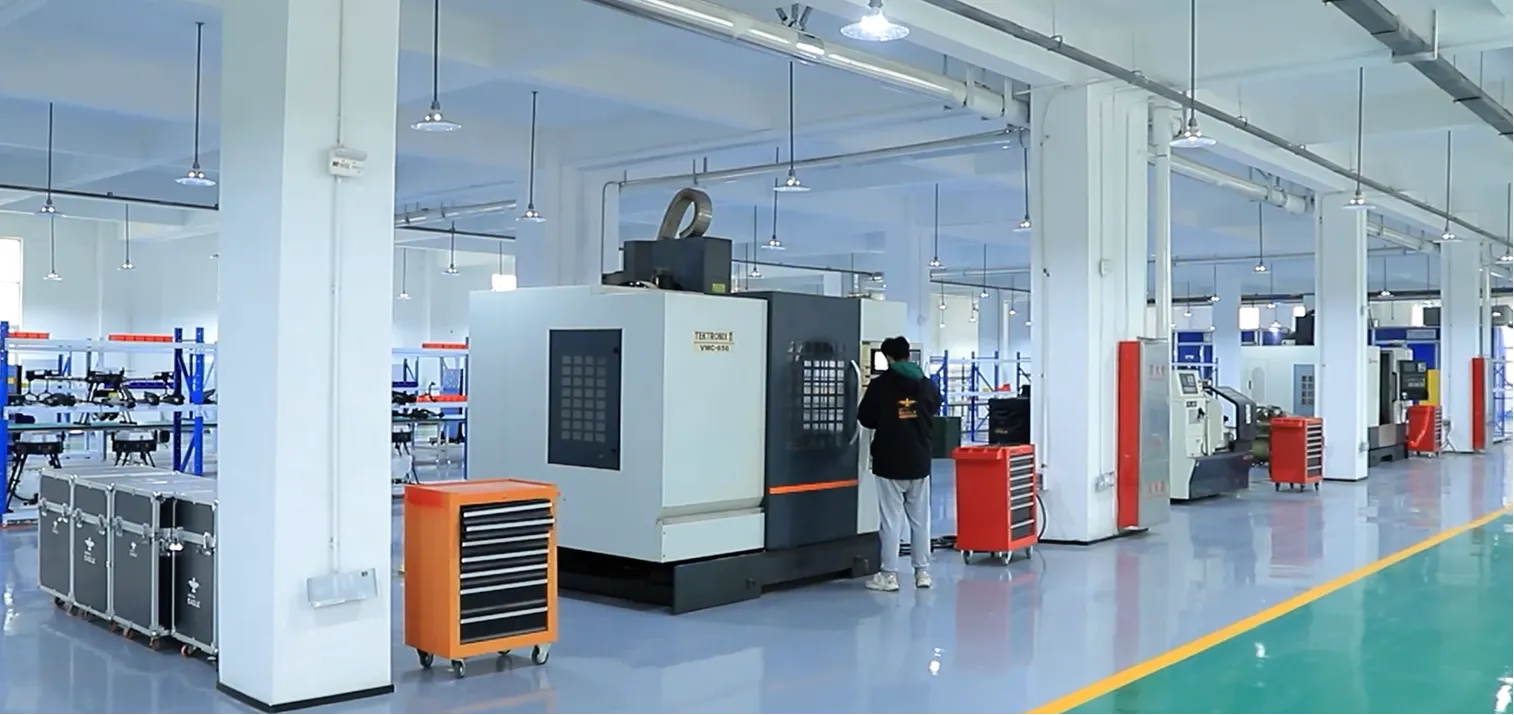
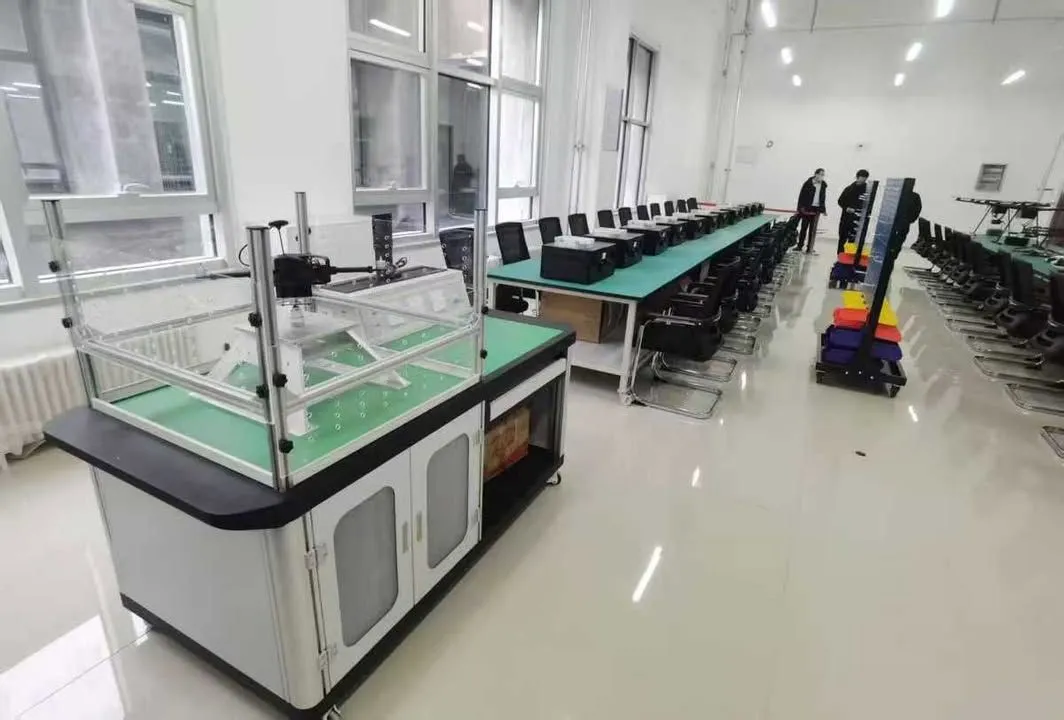
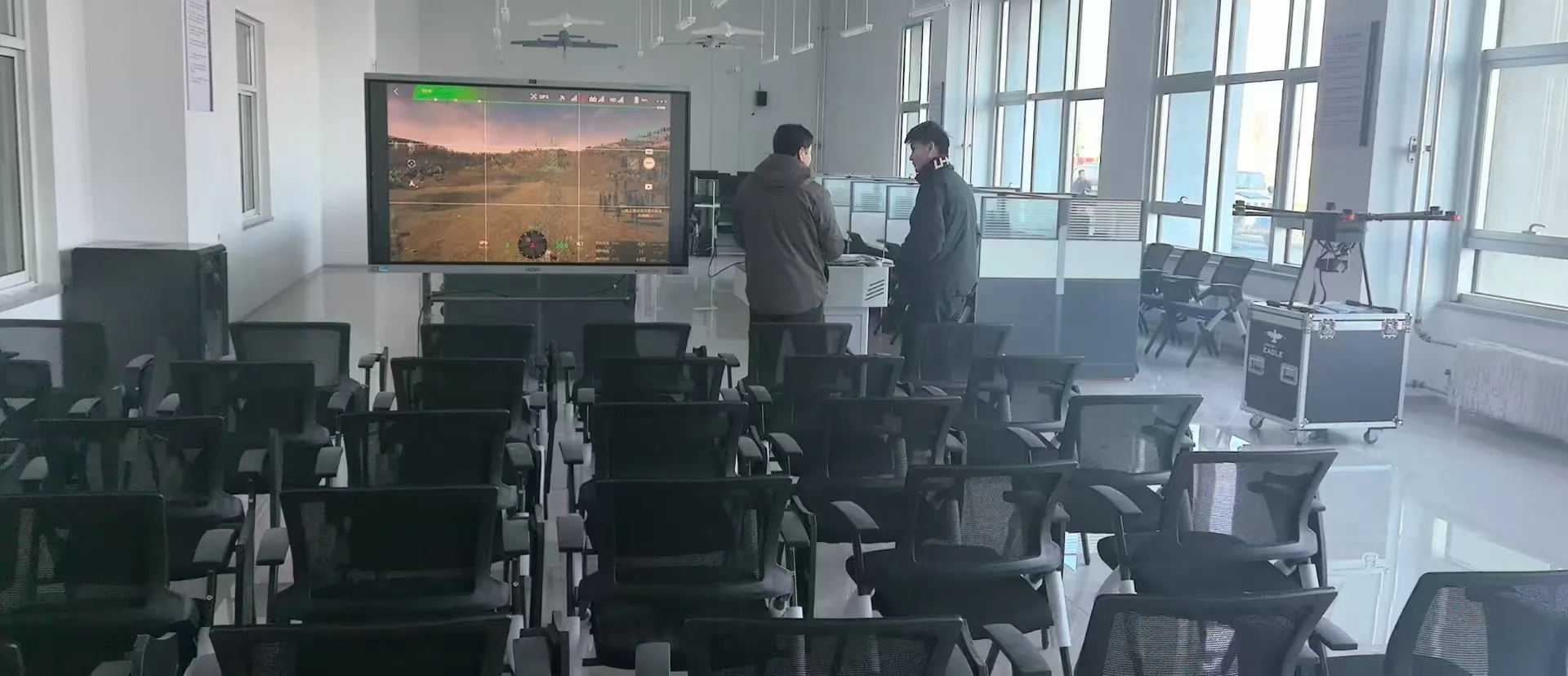
A GLOBAL MODEL FOR BUILDING THE DRONE WORKFORCE
What’s exciting about the UAV academy concept is that it can be adapted and applied globally. Every region, whether it’s a high-tech economy or a developing nation, can benefit from nurturing local drone experts. The model we’ve described is flexible and scalable, and can be applied in any aviation or technical school that wants to partner with Digital Eagle to launch drone training programs. By working together, schools and companies can build strong local talent pipelines, share resources, and create real job opportunities in the fast-growing drone industry.
Recent Posts

October 26, 2016
The Most Successful Engineering Contractor
May 21, 2025
WHY INTEGRATE DRONES IN SMART CITIES?
Apr 22, 2025
WILDLIFE MONITORING AND CONSERVATION APPLICATION
Apr 09, 2025
How Drones Are Changing Disaster Response
Mar 20, 2025
How to improve border security?

